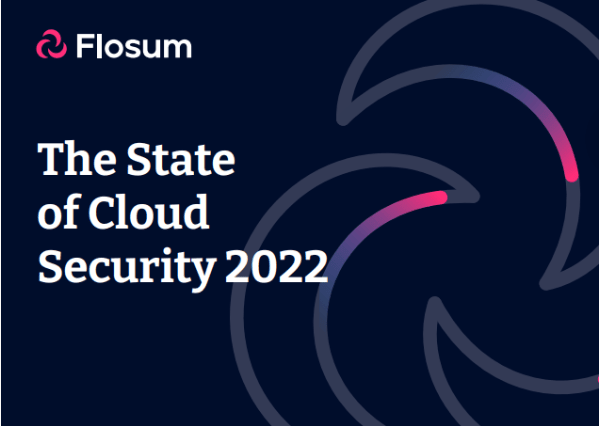The immediate threat from the COVID-19 pandemic may be waning, but it’s becoming increasingly clear that some of the societal shifts it spurred will be with us for a long time. For example, consider how the dynamics of a physical office space have changed. A recent McKinsey study revealed that 58% of respondents were working remotely either part or full-time, and many workers are resisting a return to pre-pandemic office
life.
And as Zoom calls, instant messaging, shared files over cloud networks, and remote collaboration have become the norm, organizations are dealing with a whole host of new and elevated security concerns. With the vast amount of information in the cloud and the increased level of global security threats, companies must take action to protect their data and thrive.
Unpacking Potential Risks of Cloud Security
To help you and your team better understand the current landscape and be empowered to respond, we recently compiled a report on the State of Cloud Security: 2022. Here are a few highlights:
- Organizations of all sizes are at risk. While there is much publicity surrounding
the major attacks suffered by big tech companies, attacks are not limited by
business size. 43% of attacks are aimed at small and medium-sized businesses,
but only 14% of them have adequate tools in place to defend their networks. - Cyberattacks are on the rise. The shift to remote work exposed many
vulnerabilities, causing cybercrime to jump a whopping 600% percent due to the
COVID-19 pandemic. Many of these attacks start innocently enough; in 2021,
86% of employees, perhaps inadvertently, clicked a phishing link - Too many companies have not made network security a higher priority.
More than 82% of companies do not have adequate resources allocated to
maintain security, and less than 57% of leaders are ready to have board-level
security conversations. - Collaboration with security teams is a key to success. Companies that
employ a uniform approach to security are the most effective. That’s because
that scenario provides everyone who touches a network with a vested interest in
its success. The security team may be on the front line, but all members of an
organization are working together for a better outcome. - Data privacy is a growing consumer concern, and it impacts their
purchasing behaviors. 84% of consumers indicate that high-security controls
are near the top of their list of reasons for choosing a company to do business
with. And, nearly half of consumers have switched brand loyalties due to privacy
concerns. How a company responds to a threat can make a difference in whether
their customers jump ship or give it a second chance.
Set Your Organization Up for Success
Keeping up with cybersecurity is a daunting task, but there are tools and practices that increase your network protection immensely. Here are three recommendations you should get started with today:
1. Automate security operations.
Equip your security personnel with tools that will help them do their job. These tools
monitor constantly, are able to detect threats and can execute mitigation actions behind
the scenes, leaving humans to tackle the bigger tasks. Automation can also standardize
security processes and create consistency in responses.
2. Improve collaboration between Enterprise Security and Cloud teams.
This involves both teams working together to pinpoint threats and close gaps. Chances
are, you are not the lone enterprise experiencing a security threat or bottleneck, so put
together a winning team to address the challenges.
3. Adopt an “Always On” security and Zero Trust maturity model.
Significantly different from traditional verification processes, a Zero Trust model
provides better protection over the cloud. It recognizes that a breach can occur at any
point in the process and a continuous verification at all access points alleviates these
threats.
Zero Trust requires that:
- All users, whether they are in or outside the network, must be continuously
monitored and the user’s access privileges validated. - The impact of an internal or external breach must be minimized.
- For the most accurate response to a breach, companies must automate their
context collection and response.
Here is a model you can use as a guideline.
For more insights into Cloud Security and what you can do to protect your organization, download the full ebook.






